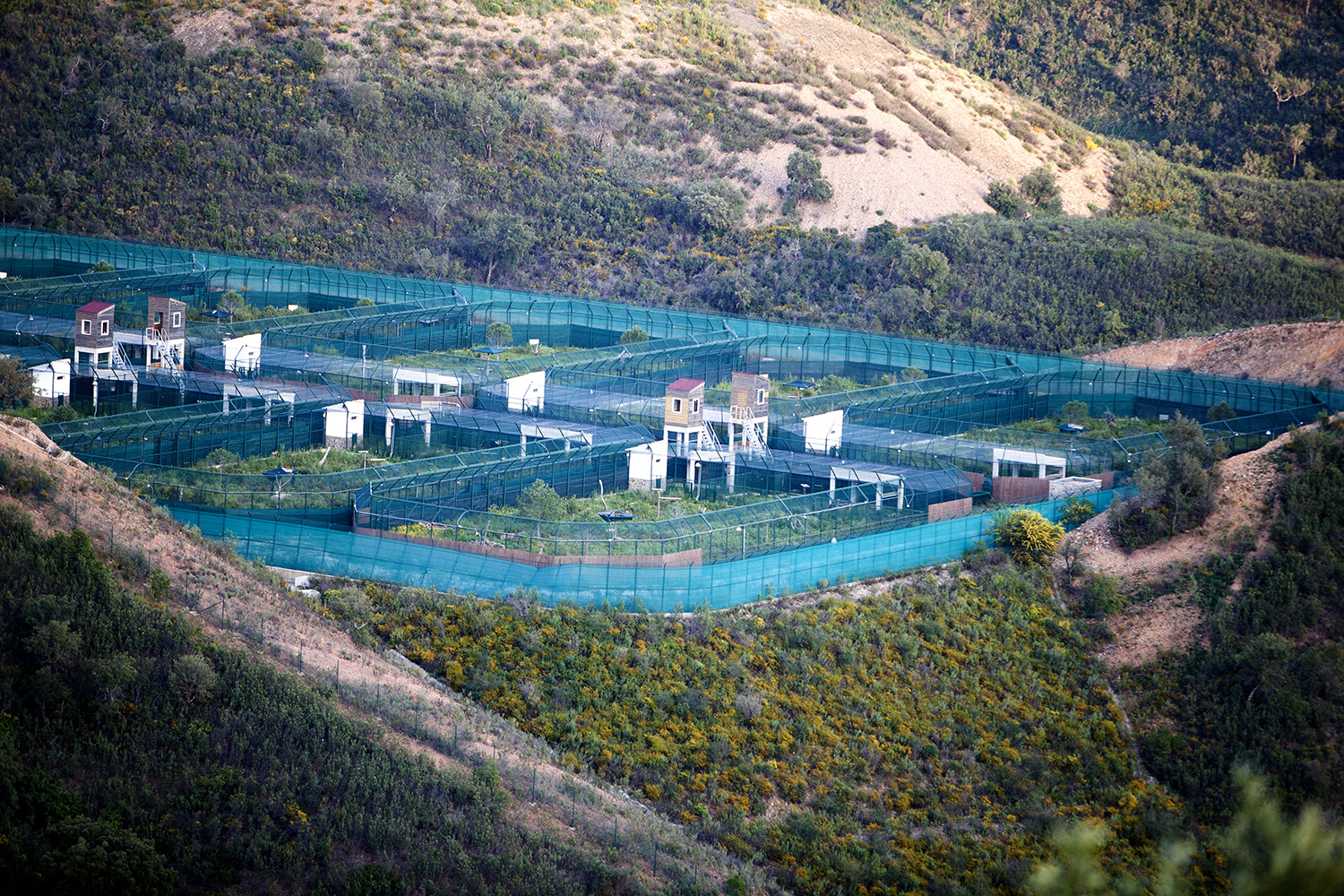Portuguese authorities gave the order to evacuate the Iberian-lynx National Breeding Centre as major wildfires burning across Monchique region, in Algarve, threaten the 29 Endangered felines.
“The animals will be taken to several of our Spanish colleagues’ installations, that have already offered all the help necessary”, says a press release from Portuguese Forests and Nature Conservation Institute (ICNF, in Portuguese).

The Iberian network for the Iberian-lynx breeding project has another four centres, besides the National Breeding Centre (CNRLI, in Portuguese) in Silves (Algarve, Portugal): El Acebuche (at Doñana National Park, Andaluzia), Zarza de Granadilla (Cáceres, Extremadura), La Olivilla (Jaén, Andaluzia) and Zoo de Jerez (Jerez de La Frontera, Andaluzia).
This is a preventive measure, already foreseen in the Contingency Plan, activated on Sunday, 5th August. “Since then, all the human and material resources necessary for the CNRLI’s defence and evacuation have been at the centre.”
The fire that approaches CNRLI has started six days ago at Monchique mountain range, in the interior of Algarve, at the South of Portugal. More than 20.000 hectares could already have been destroyed.
Last year, ICNF has put in place several measures in the area around CNRLI in order to reduce the amount of vegetation and the risk of a fire.
CNRLI opened in 2009. Since then more than 100 iberian-lynx were born there. Today, 29 animals live there, including six cubs with five months old.


